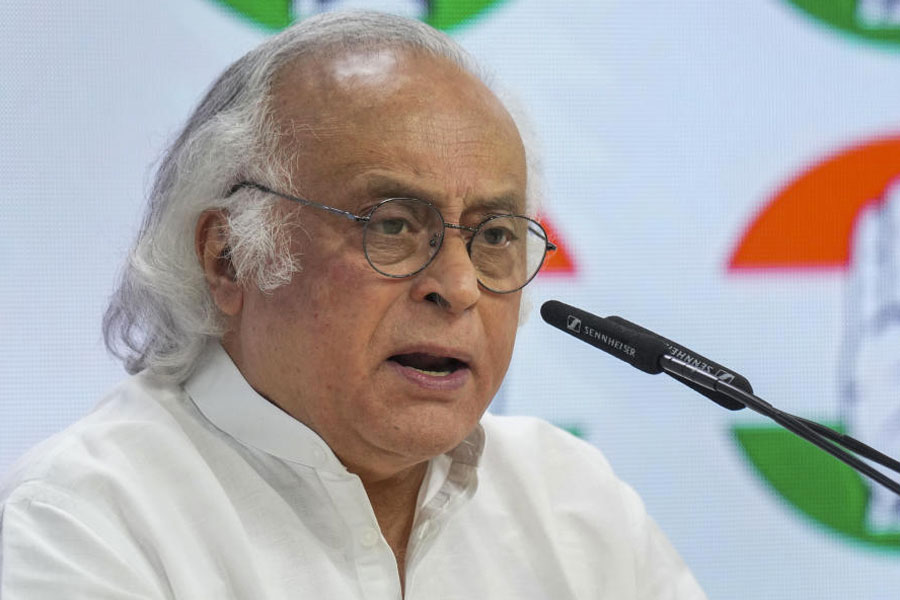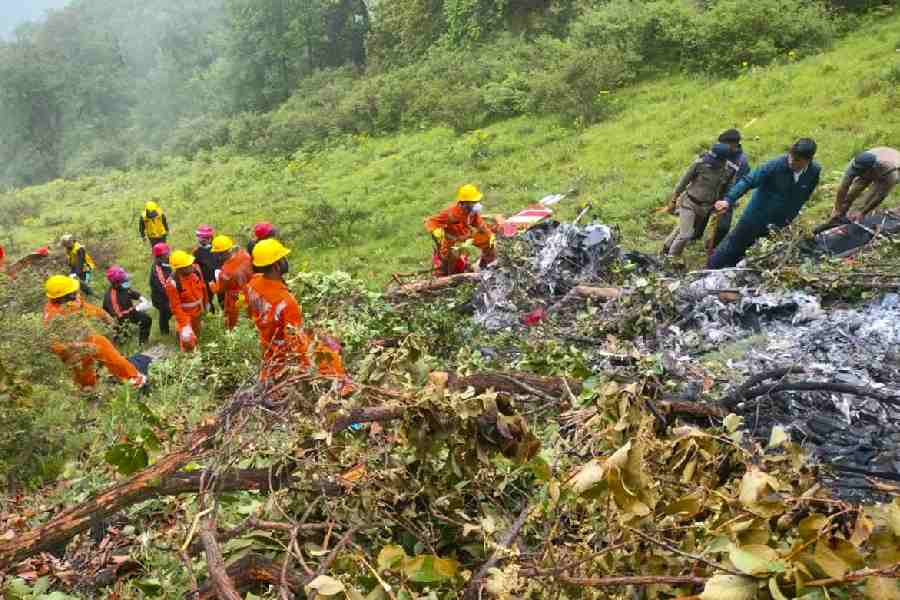.jpg)
.jpg)
Though not too common, the berry-like Phalsa is a sweet fruit eaten fresh as dessert, processed into syrup and extensively used in manufacturing soft drinks.
The fruit has medicinal qualities, known since the Vedic ages, and finds mention in early ayurvedic texts of Charak Samhita and Sushruta Samhita.

While Phalsa cultivation is not wide spread in Bengal it can be spotted in some parks and roadsides of Salt Lake. It is commercially is grown in Punjab, Haryana, Gujarat, Maharashtra and Bihar. Since the ripe fruits can only be stored for a day or so, transportation to distant markets is not feasible. Hence cultivation is restricted to orchards near big cities offering a big ready-made market. It is also grown as filler tree between the likes of Mango and Bael.
The Phalsa is known scientifically as Grewia asiatica (syn. G.subinequalis) and it is both tropical and sub-tropical and is native to India. It belongs to the botanical family Tiliaceae.
Appearance: The Phalsa is a large straggling shrub or a small deciduous tree up to 4.5m high. It has long slender drooping branches and its leaves are broadly heart shaped or ovate.
Being a hardy plant, the Phalsa can withstand drought and be grown under adverse climatic conditions but it does better in regions that have distinct summer and winter seasons. The plants can tolerate temperatures up to 45°C for a few days.
The Phalsa can be grown on a wide range of soils but it grows well in well-drained loamy soils. There is no distinct variety of Phalsa; only two tall and dwarf types are cultivated. Out of these, the dwarf type is commonly grown because of its high productivity.

Propagation: The Phalsa is grown mostly from seeds since there is no variability. Propagation by cutting and layering is possible with the use of plant hormones (growth regulators). But propagation by cutting is not popular in India.
The Phalsa’s seed viability does not last long. Freshly-collected seeds can be stored up to three months in ordinary storage conditions and up to six months in cold storage. Seeds are better stored in polythene bags than glass jars.
Seeds are sown in well-prepared nursery beds or wooden seed boxes, two to three inches apart and in rows 20 inches apart. Seeds generally germinate within two to three weeks and the seedlings are ready for transplanting after five to six months.
Pits of 2-ftx2-ftx2-ft are to be dug and left open to sun for a few days. Then they are to be filled with top soil and well-decomposed Farm Yard Manure (FYM) at least 10kg per pit.
For orchard cultivation, Phalsa seedlings can be planted eight to 10-ft apart from each plant and 10 to 12-ft from row to row. Sometimes to obtain better yield plant density is increased by adopting square planting systems with plant to plant distance of six-ft. Planting can be done during January or February or in July or August, but February is the ideal time.
The most important operation in the cultivation of Phalsa is the pruning. The desirable height after pruning varies from four-ft to 6-ft from the ground level. In general, the plants shed their leaves slowly during December and January and they should be pruned at this stage.
Fruits: The Phalsa’s fruits are borne only on new shoots of current growth and the application of fertilisers encourages growth of new shoots, so fertilisers are beneficial. Though Phalsa is a drought-tolerant crop, irrigation is essential for the high yield of quality fruits.
Phalsa fruits become fully mature within 55 to 60 days of fruit set and should be picked at the right stage of maturity. The fruits turn from green to purplish-red and finally dark purple or nearly black.
Uses: The wood obtained after annual pruning can be utilised for making baskets to transport fruits and vegetables. The wood is strong and elastic and used to make shafts for golf clubs. The wood is also used to make archers’ bows. The bark yields a fibre that is used to make ropes and the fresh leaves are valued as fodder.
To be continued
S.K. Maiti, patron of Bidhannagar Horticultural Society and a civil engineer residing in FC Block, offers guidance on choosing fruit trees to suit Salt Lake’s soil and climate

.jpg)









